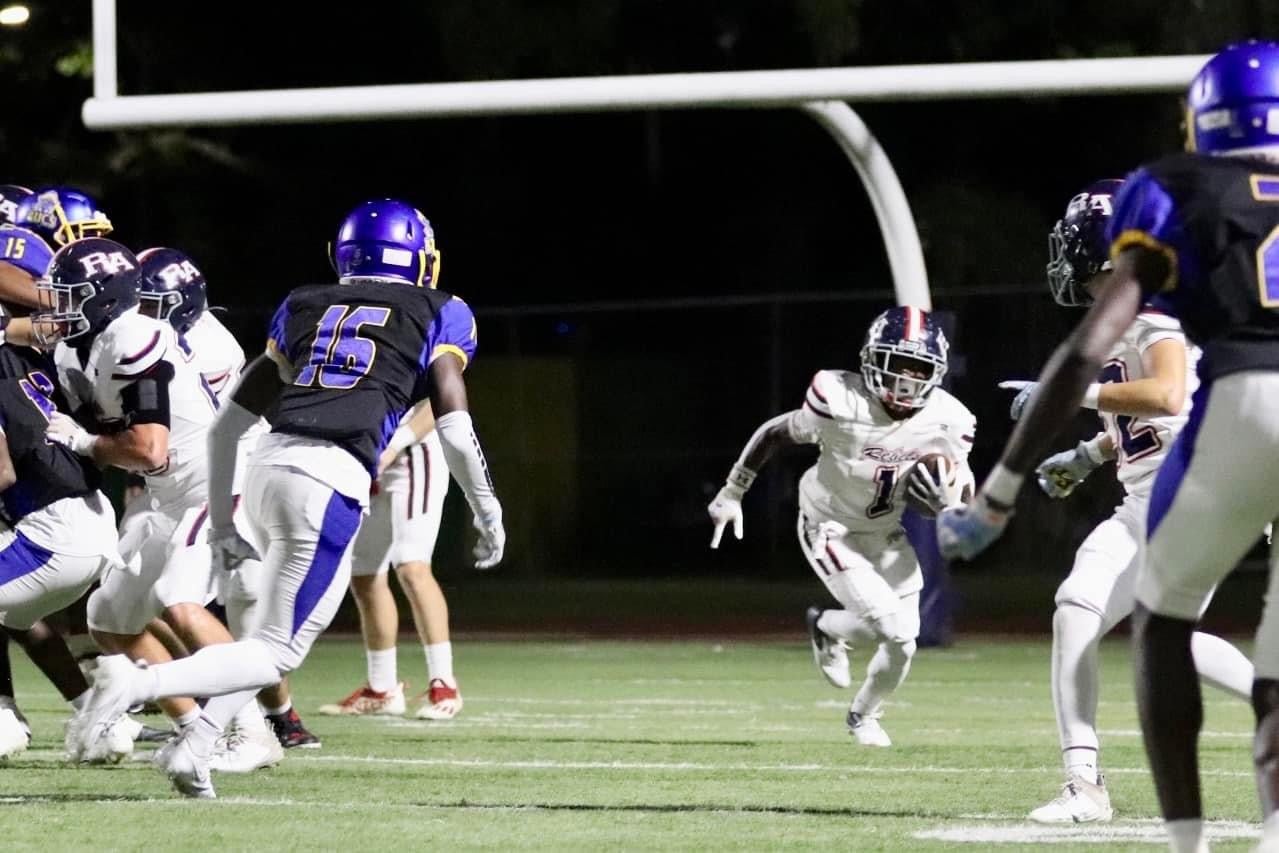Barnett: Here come the girls
Published 12:03 am Saturday, July 11, 2015
When asked why women’s sports have lagged behind men’s in popularity for so long, the answer often has something to do with females not being as strong or as fast or as (enter you own adjective) as males.
As far as I know, of all the summer Olympic events — numbering 306 as of the 2012 London Olympics — in only one event, the discus, does a woman’s world record exceed the men’s world record.
In the 1988 Summer Olympics in Seoul, Korea, Martina Hellmann, representing East Germany, threw the discus 72.30 meters, just a nudge further than Lithuania’s Virgilijus Alekna’s 69.89 meters men’s record achieved during the 2004 Athens games.
Of course the East Germans were well known for their prodigious use of steroids in an attempt to prove communist countries were superior ,not just in their governmental structures, but in all ways. Perhaps it is not a coincidence the Berlin Wall fell just over a year later.
And no one remembers this, or very few people do, but it is a case in which a female athlete holds a world record without the sidebar noting it as solely a women’s world record.
Just why women’s sports have not traditionally been as popular as men’s more likely has a complex answer delving into the history of human development and psychology that I, without the proper education, am certainly unqualified to properly expound upon. Perhaps the more simple answer is, maybe it’s just a type of inherent sexism ingrained in the sporting crowd.
While on the prep level here at L’OBSERVATEUR we try to deliver parity in our sports coverage, in my first two weeks on the job I regret to admit I’ve yet to cover any women’s sports.
That doesn’t look to be changing in the near future. Next week we’ll have yet another story on former Riverside Academy and Southeastern Louisiana University pitcher, Tate Scioneaux, who on Thursday night signed a pro baseball contract with the Pittsburgh Pirates (Congratulations Tate!).
When football season heats up here in the next month all I can say is watch out ladies. In the past, while I’ve covered several Friday night football games in stadiums packed to the top bleacher, its in-season rival on the girl’s side — volleyball — does not draw quite the crowd to put it lightly.
Simply put, girl’s sports, a lot of times only draw family members, if that, and boy’s sports, particularly football, draw strangers — men and women, boy and girls alike — out to cheer on the community team.
On the national level the disparity between women’s and men’s sports takes on much more significance. All of the WNBA basketball players together receive just over $10 million in combined salaries while 48 NBA players made $10 million or more last season alone.
Similarly, on an international level the payout for the men’s World Cup was $576 million in comparison to women’s payout of a measly $15 million. This, despite viewership ratings for Team USA’s World Cup victory far outpacing every NBA finals game since 2010 and MLB’s World Series since 2004.
Still, it is very encouraging to see the support the Team USA World Cup women’s soccer team received after taking home the championship last week. This is the women’s third championship title since 1991. In contrast, the closest USA men’s team ever came was third place in the inaugural World Cup in 1930.
In the end what you like is what you like and you have every right to pursue it and maybe the historic preference in our culture for men’s sports is just one of those things.
Women athletes may still have the discus throw on the international scene and World Cup soccer in the USA, but deserve a whole lot more than just that — community support.
Kyle Barnett can be reached by email at kyle.barnett@lobservateur.com.





